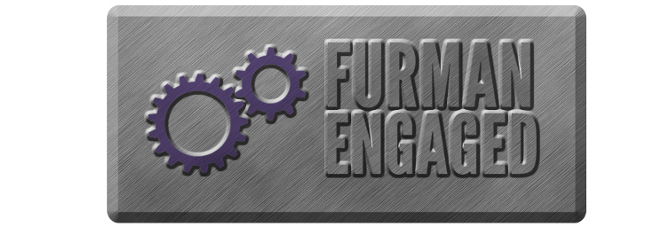Reducing PTSD-like Symptoms with a D3 Antagonist in a Rodent Model of PTSD
Department, Center, or Institute
Psychology
Secondary Department, Center, or Institute
Neuroscience
Presentation Format
Poster
Presentation Type
On-campus research
Description
The experiment aimed to block the expression of PTSD-like symptoms in female C57BL/6J (C57) mice using a D3 antagonist, SB-277011-A (SB). The Rice lab has previously been able to reduce PTSD like symptoms in male C57 mice. We aimed to replicate these findings with female C57 mice. Using 34 C57 female mice, we induced PTSD with a modified single prolonged stress (SPS) model that consisted of a 20 minute forced swim, 2-hour restraint, and 3-minute foot shock. All events were paired with a 75-decibel tone that played for 20 seconds at the end of each minute. Freeze times were recorded in a novel environment prior to the start of the experiment (pretest) and were once again recorded after 7 days of the SPS protocol (post-test). On the post-test day, a point weight injection of either saline solution, vehicle solution, or 12 mg/kg of SB was administered 30 minutes prior to testing. Our results indicated that we successfully induced PTSD-like symptoms in the female mice using our modified SPS protocol. Additionally, there was no significant difference between control (saline) and the SB group. There was a significant difference in the vehicle group. These results suggest that we successfully reduced PTSD-like symptoms using the D3 antagonist SB 277011 A in female C57 mice.
Session Number
5
Start Date and Time
4-9-2019 4:00 PM
Location
PAC Gym
Recommended Citation
Gierach, JD, "Reducing PTSD-like Symptoms with a D3 Antagonist in a Rodent Model of PTSD" (2019). Furman Engaged!. 411.
https://scholarexchange.furman.edu/furmanengaged/2019/all/411
Reducing PTSD-like Symptoms with a D3 Antagonist in a Rodent Model of PTSD
PAC Gym
The experiment aimed to block the expression of PTSD-like symptoms in female C57BL/6J (C57) mice using a D3 antagonist, SB-277011-A (SB). The Rice lab has previously been able to reduce PTSD like symptoms in male C57 mice. We aimed to replicate these findings with female C57 mice. Using 34 C57 female mice, we induced PTSD with a modified single prolonged stress (SPS) model that consisted of a 20 minute forced swim, 2-hour restraint, and 3-minute foot shock. All events were paired with a 75-decibel tone that played for 20 seconds at the end of each minute. Freeze times were recorded in a novel environment prior to the start of the experiment (pretest) and were once again recorded after 7 days of the SPS protocol (post-test). On the post-test day, a point weight injection of either saline solution, vehicle solution, or 12 mg/kg of SB was administered 30 minutes prior to testing. Our results indicated that we successfully induced PTSD-like symptoms in the female mice using our modified SPS protocol. Additionally, there was no significant difference between control (saline) and the SB group. There was a significant difference in the vehicle group. These results suggest that we successfully reduced PTSD-like symptoms using the D3 antagonist SB 277011 A in female C57 mice.

